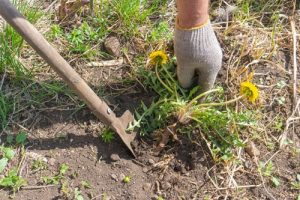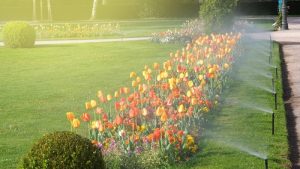 Spring has arrived, and it’s time to prepare your lawn for the hot summer days ahead. Whether you have a simple yard with grass and shrubs or a more elaborate garden with flowers and carefully designed landscaping, the last thing you want is for the summer heat to undo all your hard work.
Spring has arrived, and it’s time to prepare your lawn for the hot summer days ahead. Whether you have a simple yard with grass and shrubs or a more elaborate garden with flowers and carefully designed landscaping, the last thing you want is for the summer heat to undo all your hard work.
Factors Affecting Spring Landscaping
Several factors can impact your lawn and make it difficult to manage. And fungal growth can cause infections in your plants, while waterlogging from recent rains can lead to root rot. Moreover, ground moles can wreak havoc by tunneling through your lawn. However, there are several steps you can take to boost the health and productivity of your lawn.







 The peak of summertime heat is here– can your
The peak of summertime heat is here– can your  Lawn mowing can appear like a naturally easy
Lawn mowing can appear like a naturally easy